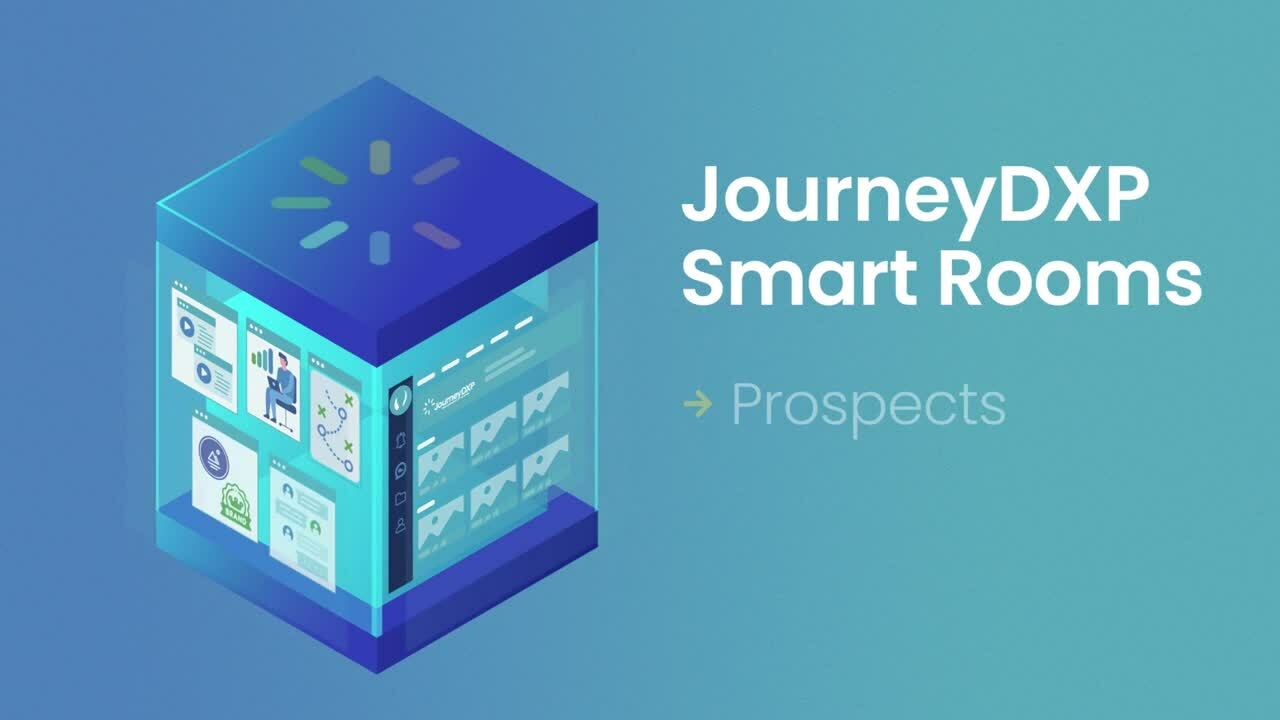We were originally going to title this post “4 Mistakes You’re Probably Making When Trying to Upsell a Client” but that started to feel too clickbaity for a topic that should feel inclusive rather than accusatory. That topic? Common upselling mistakes and how to right them. Let’s get to it.
Not Giving a $h!t About Your Customer
This is the number one mistake account teams make when it comes to upselling. Sure, it sounds altruistic, but having your customer’s best interest at heart is the easiest way to upsell success. When you truly take on a consultative, strategic partnership with your customer, upselling starts to feel less like selling and a lot more like collaboration. One of the best ways to show you actually care about your customer is to not sell them on something they don’t need. That’s easier said than done, of course. Sales leadership has numbers to hit! You’ve got numbers to hit! But real trust develops between vendor and customer when vendors are honest about what they think customers need versus what they don’t. Down the road, that trust will pay itself back when true upsell opportunities that create real value for the customer present themselves.

Saving the Upsell for Last
No one likes feeling as if they’re getting squeezed a little bit more just before the finish line. That’s why one of the best ways to achieve successful upselling is to lay it out in front of your customer early in the process. Let them know which options, upgrades or add-ons are on the table, tell them why they’re there, and offer some low pressure recommendations for each. Better yet, tell which options you think they likely won’t need. Then, as you near the finish line, revisit the options expressedly within the context of how the conversation has evolved.
Not Listening to Your Customer
Successful upselling is all about identifying opportunity that is mutually beneficial. Identifying those opportunities happens by listening. Unfortunately, hearing sometimes gets mistaken for actual listening. Anyone can hear their customer. But listening requires more. Listening to your customer is about picking up the clues they don’t even really know they’re dropping. Listening is noticing a sigh. It’s intuiting what short, terse sentences mean. It’s correlating word choice with whoever else is in the meeting. But today, listening is also about digital body language analysis. Blatant plug here: with Smart Rooms, sales and account teams can analyze customer engagement. You can see who’s consuming what content, who’s sharing and inviting colleagues, who’s posting questions and starting discussions. Given the evolution of how your customer prefers to buy these days, that sort of listening is invaluable.
Upselling Too Soon
Your customers have a decision-making process and an approach to consensus-building that takes time. When you’ve successfully guided them to the finish line is 100 percent not the time to upsell. They just put real effort into buying from you—why would that be the right time to tee up add-ons and upgrades? That said, you still want the upsell. So try this: deliver ongoing engagement that pushes value over product. Offer tips and advice on how they can better use what they’ve already bought from you. Send them articles you come across that impact their industry. (Blatant plug number two: Smart Rooms are a great way to keep engagement going and drive upsell revenue.)
What upsell mistakes did we miss? We know there are plenty. Tweet them at us.
POPULAR
Launching a Dynamic Digital-First Customer Experience
Growth will always be a top priority for B2B companies. If not, customers will inevitably outgrow your offering, and your company will become obsolete.
RELATED
How Sdrs Can Engage And Develop Every Contact And Account
Remember when you made a phone call and someone picked up and listened? Or when you sent an email and someone replied? Me neither. The truth is, only 19 percent of buyers want to connect with...




